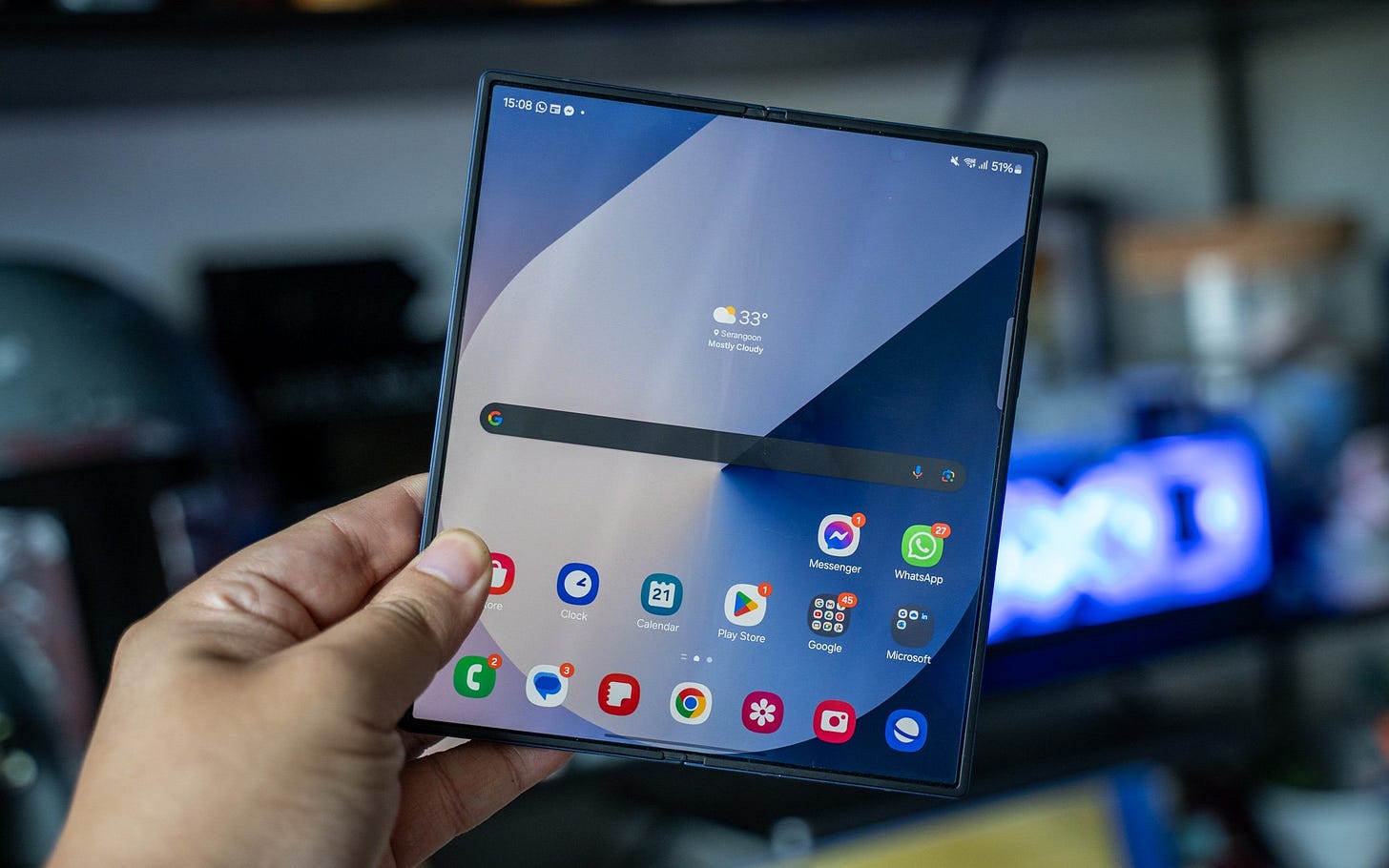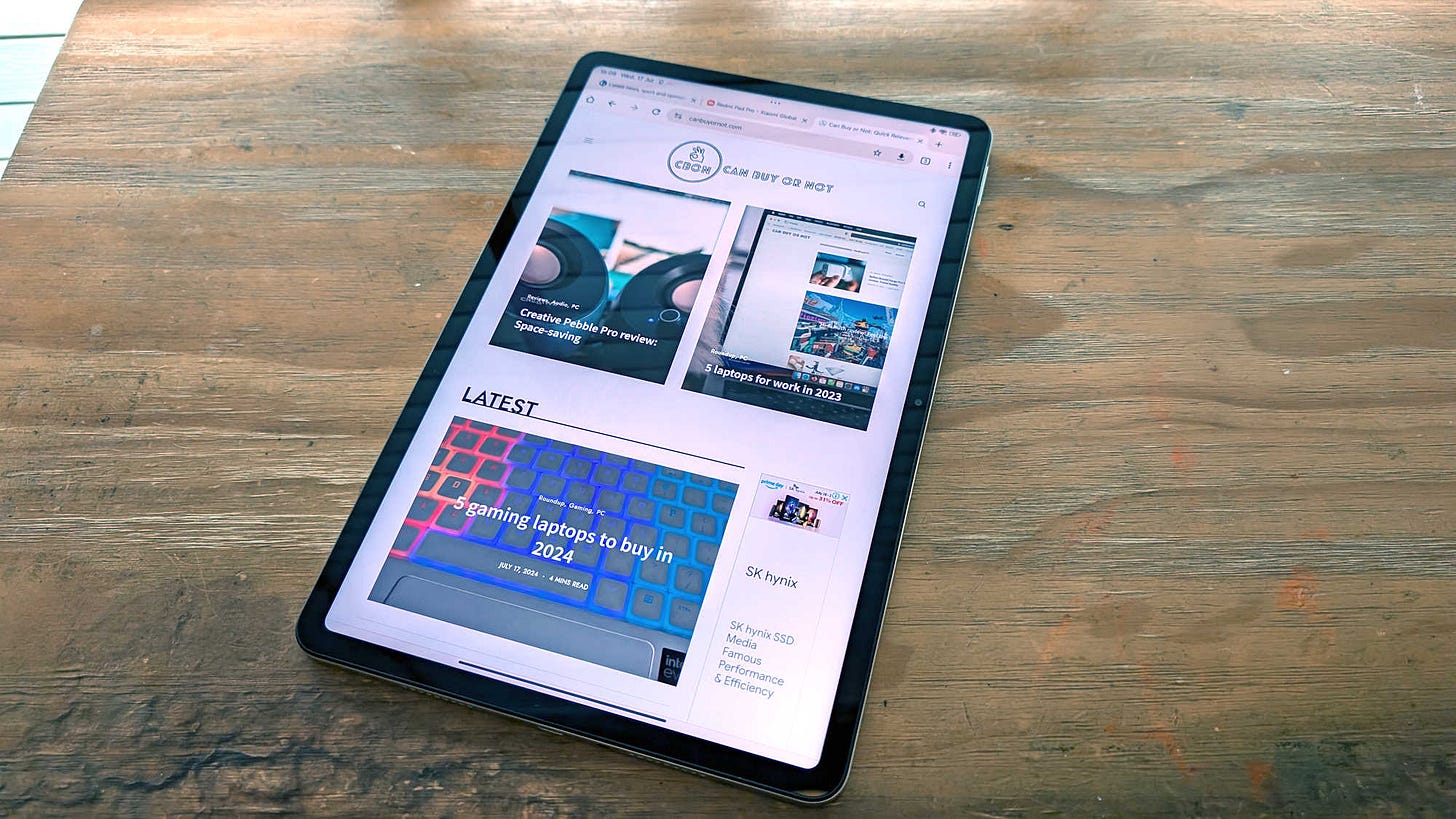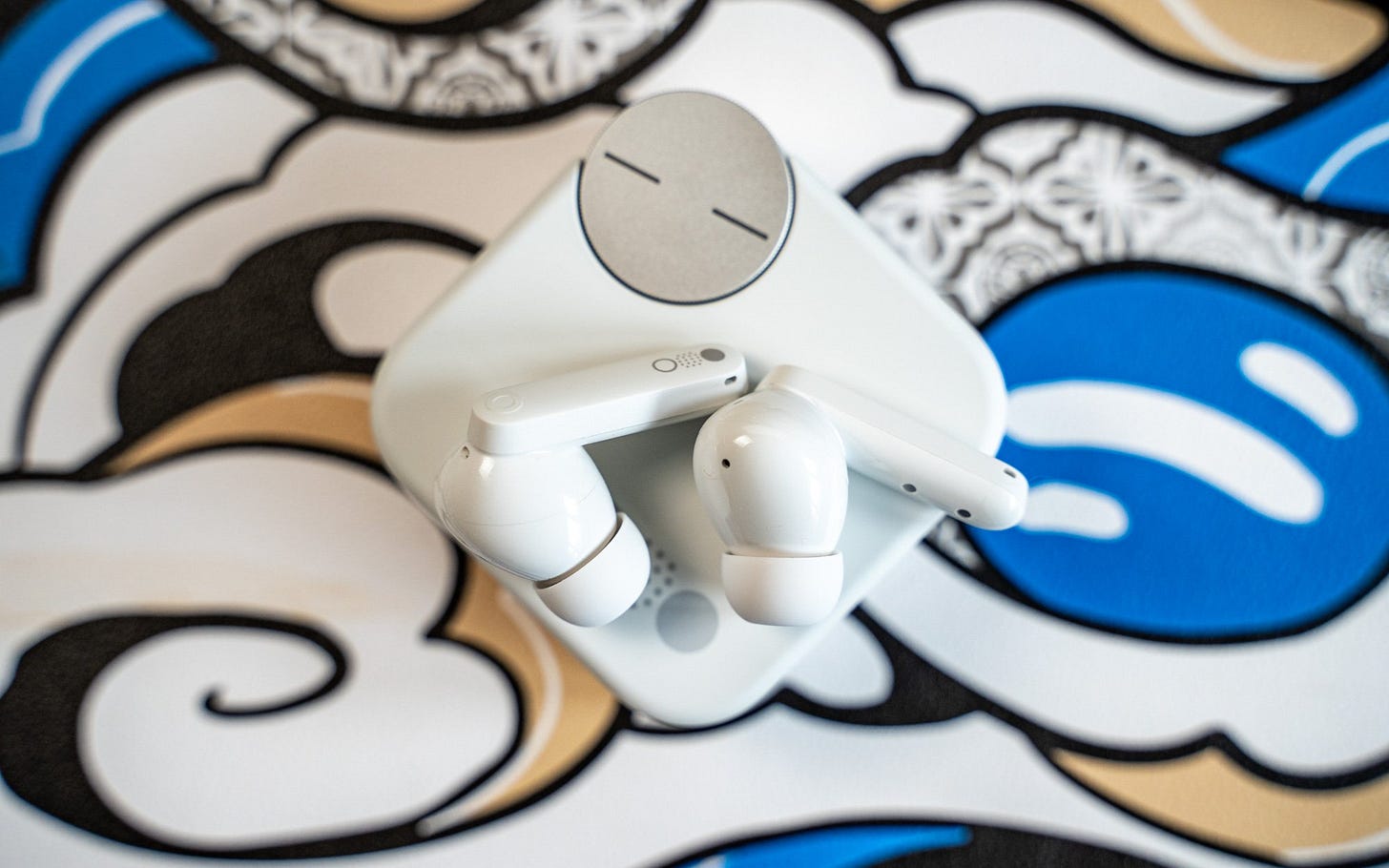Do streaming boxes still matter?
Google TV streamer could make surprise appearance with Pixel 9 phones
With less than a month till Google’s big hardware reveal for the year, we already know plenty about the event. Google’s Pixel 9 phones will be the main attraction, along with Google’s Gemini AI assistant. This launch is happening earlier than usual — Google usually holds it in October — but perhaps the tech giant wants to head off Apple’s September iPhone launch, which is also expected to go heavy on AI.
In any case, we are expecting four(!) new Pixel 9 devices, and a Pixel Watch 3, too. But there could be more. According to 9to5Google, Google is also working on a Google TV Streamer that will replace the Chromecast TV dongle. This new streaming device appears to have a more conventional set-top box design. Hopefully, it will have proper I/O ports (USB ports and Ethernet are a must) this time round, and offer more processing power and features than the previous version.
Because when it comes to media streamers, there aren’t many high-end options for consumers, especially those living outside the US. Apple TV 4K is probably the only one that’s widely available, while alternatives like the Nvidia Shield TV Pro and Roku Ultra often have to be imported. In fact, I’m using the OG Nvidia Shield from 2015 because it’s still working, and despite its age, it remains more capable than the Chromecast TV dongle.
Ironically, the success of Google TV — it powers smart TVs from major brands like Sony and TCL — means that for most users, they probably don’t need a media streamer. Your Google TV-powered television should support features like HDR10 and Dolby Vision, and there’s a wide selection of apps in the Play Store. Of course, the responsiveness of the TV user interface depends on your smart TV’s processor, so you’ll get a smoother experience with a more expensive model.
But there are still good reasons for a standalone media streamer. Firstly, they are unlikely to display ads, which is something TV makers have been putting on their smart TVs. If you’re getting a high-end streaming box (instead of a cheap Android dongle), the performance is likely better than most entry-level and mid-range TVs.
Then there are third-party apps, some of which are unavailable on certain TV brands e.g. Samsung and LG, because the developers didn’t make a version compatible with these TV platforms. A media streamer may also play a bigger role than just entertainment. Apple TV 4K, for example, can act as a smart home hub for those who are heavily invested in the Apple ecosystem.
There’s still a place for media streamers, even if these devices become more niche as smart TVs continue to improve. To be successful, the new Google TV Streamer must target the prosumers, not the masses.
This week, we tested Samsung’s latest flagship foldable, which is thinner, lighter, and has more loads of AI features. We also checked out Xiaomi’s more affordable Redmi Pad Pro tablet, as well as the budget CMF Buds Pro 2 earbuds, which offers excellent value for its price.
Samsung is relying on AI to do the work for its latest Galaxy Z Fold 6. The hardware itself is more refined — marginally thinner and lighter — while the design is tweaked to match Samsung’s other flagship phones. The AI features have their moments, but their usefulness depends very much on the user.
If you’re looking for a value-for-money tablet that can double up as a laptop in a pinch, the Redmi Pad Pro makes a strong case. It’s got a good IPS touchscreen, solid metal body, with great Dolby Atmos quad speakers. Add the optional keyboard cover and stylus to turn it into a decent device for productivity, especially with software features that can make use of the big screen.
The CMF Buds Pro 2 punches above its weight. These earbuds sound good, with lots of detail and strong bass. Its charging case also has a unique smart dial that lets you control the earbuds, like adjusting the volume, without using your phone. Battery life is also decent at 6.5 hours with ANC on — the noise cancelling is also pretty good.







